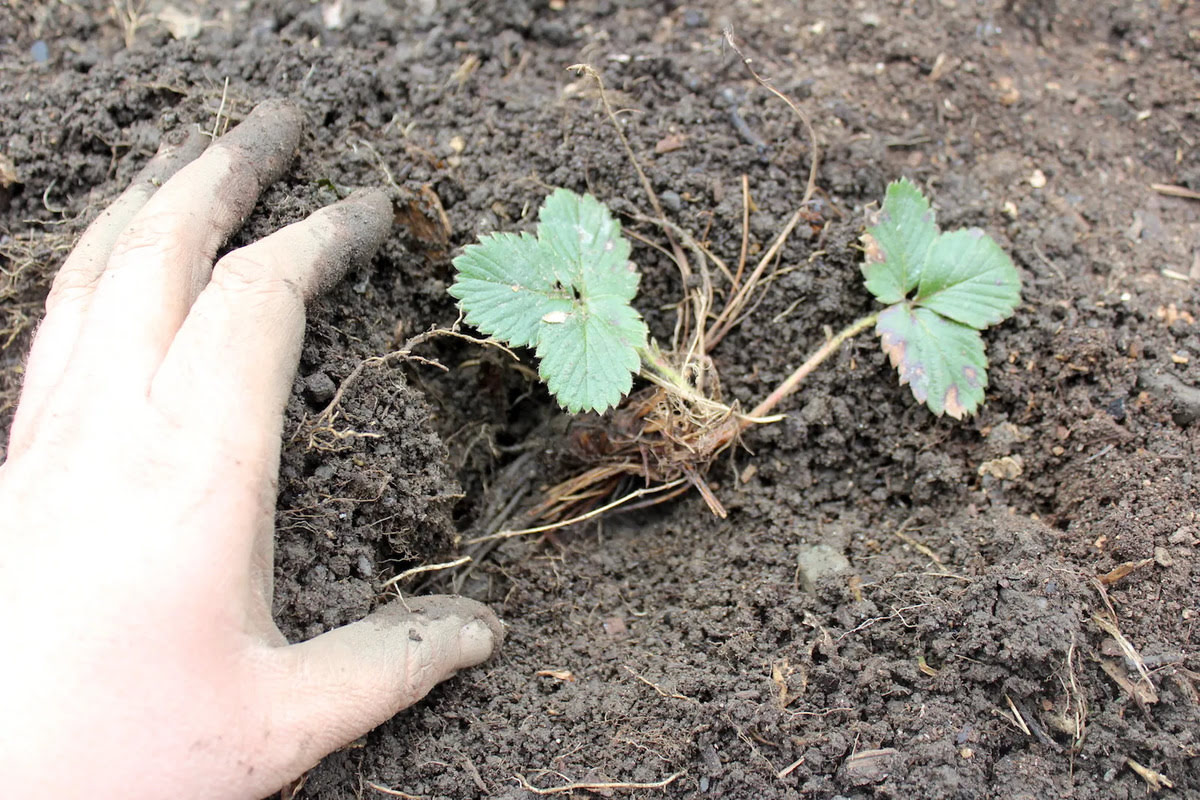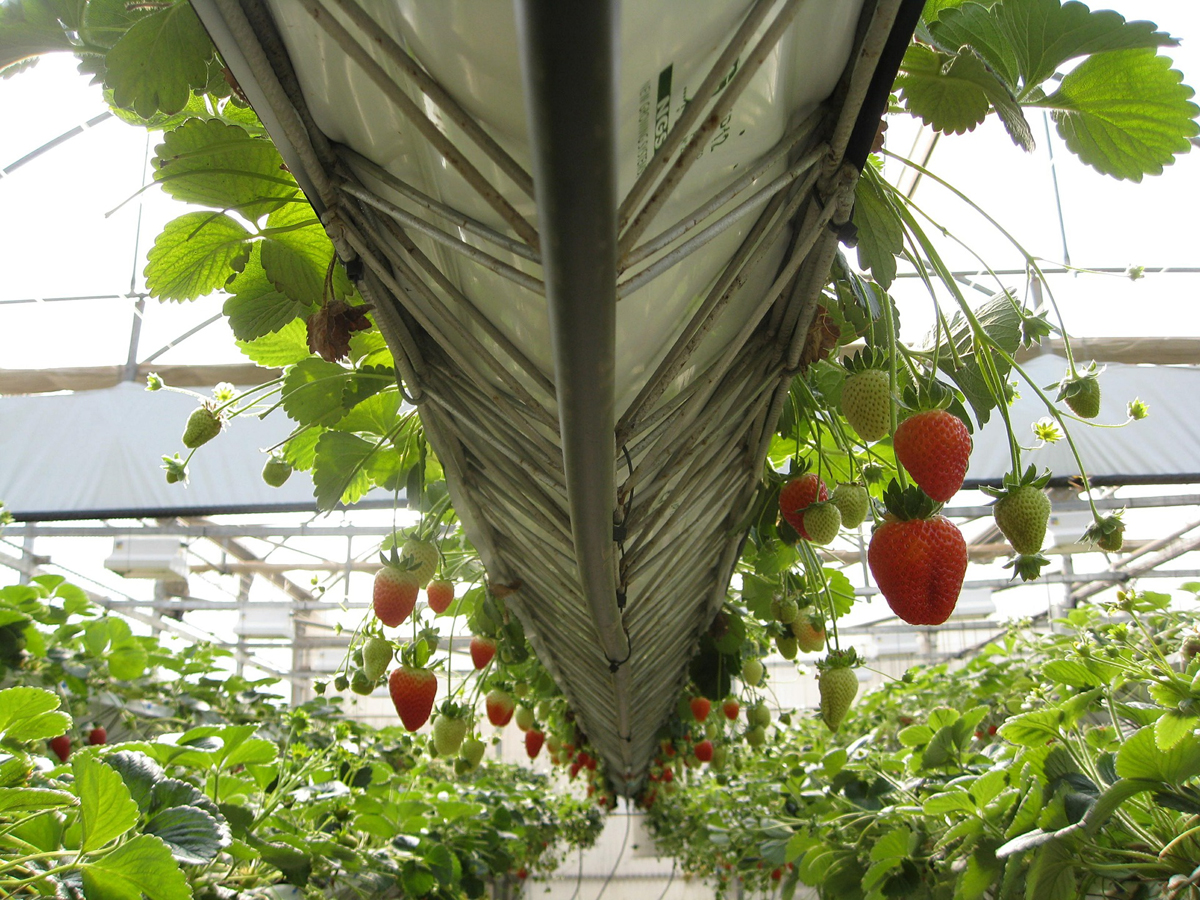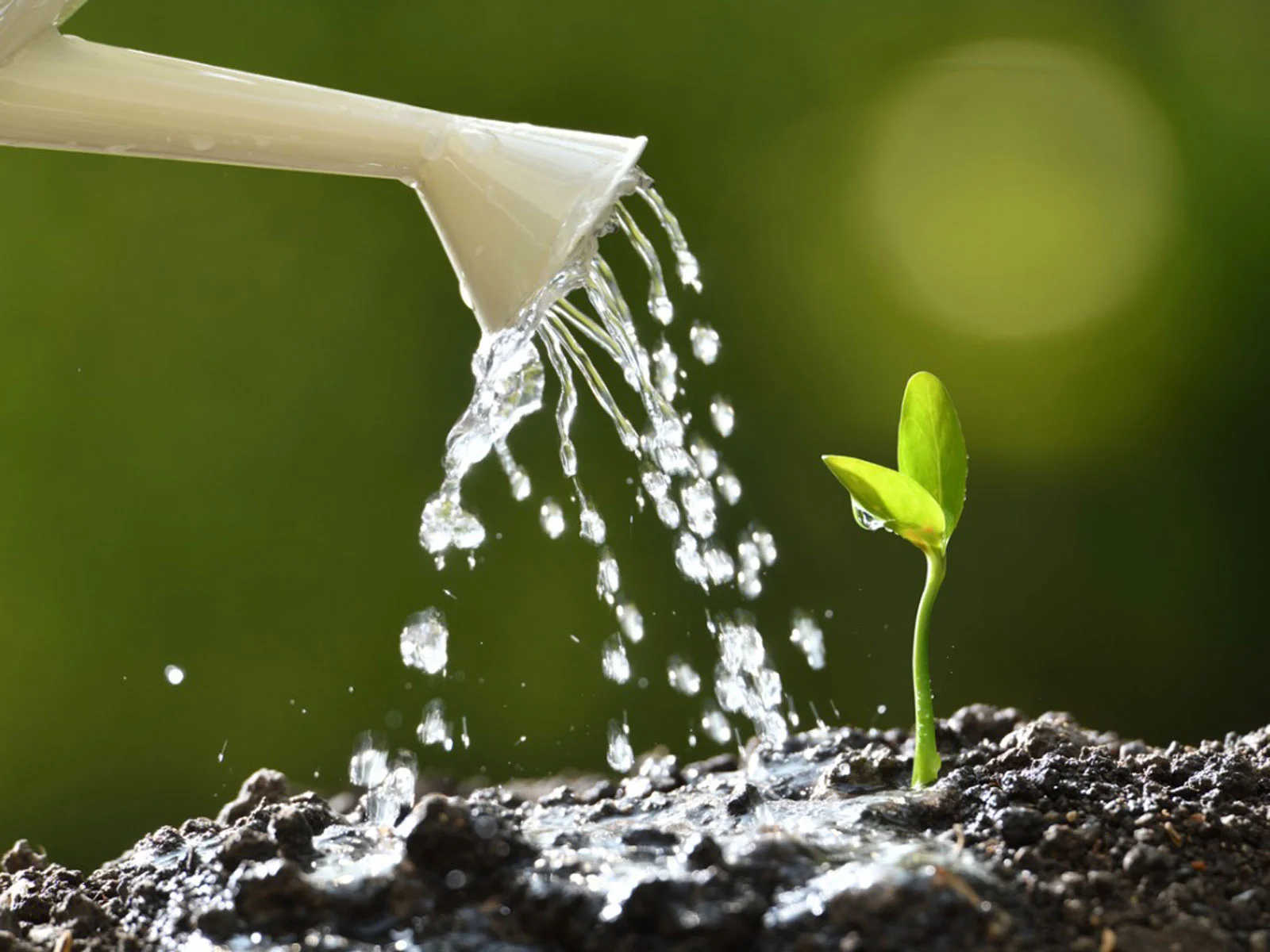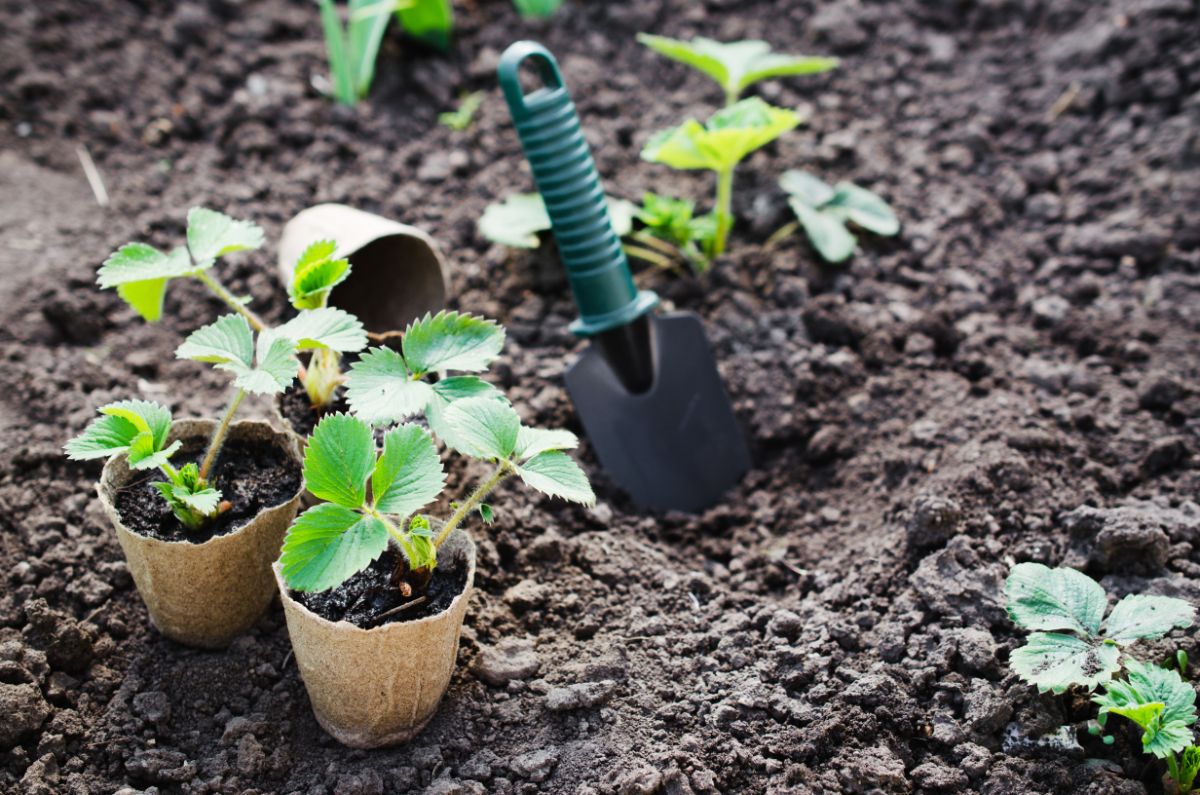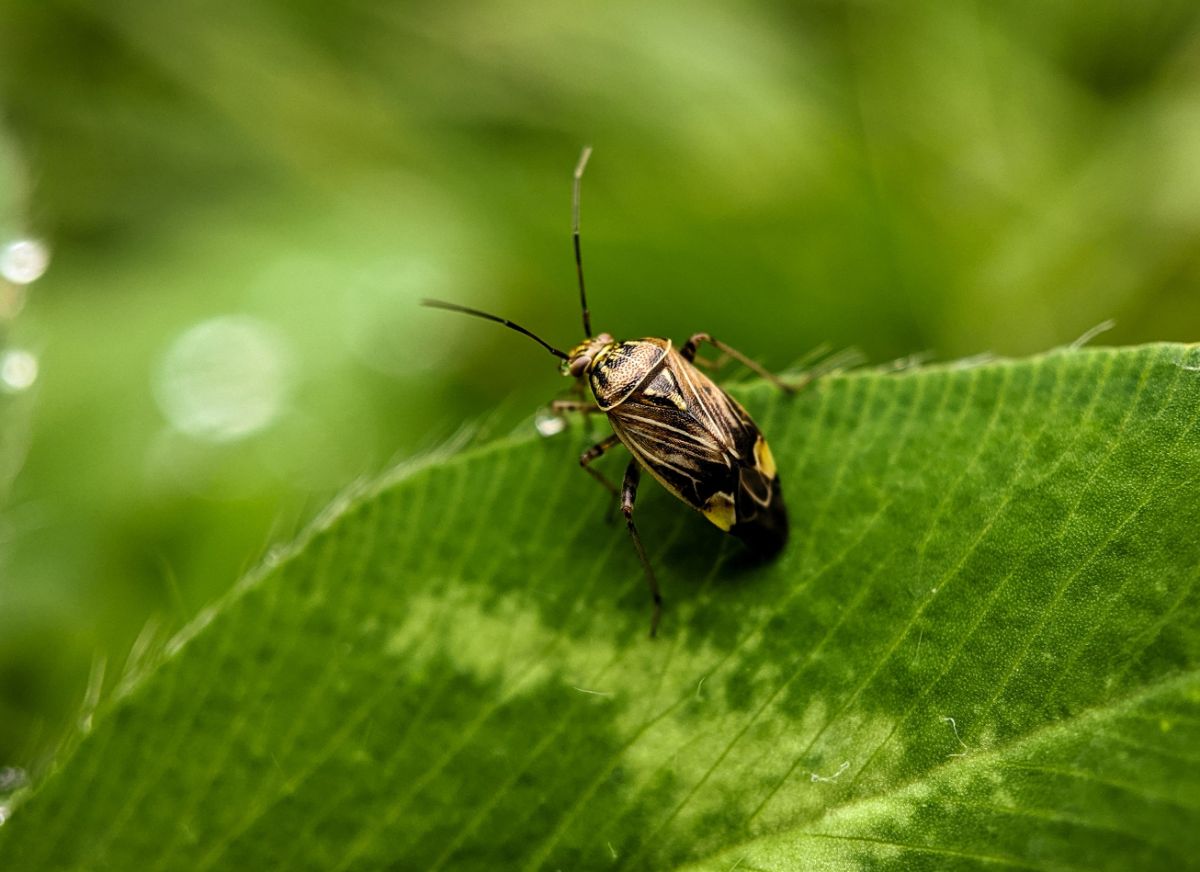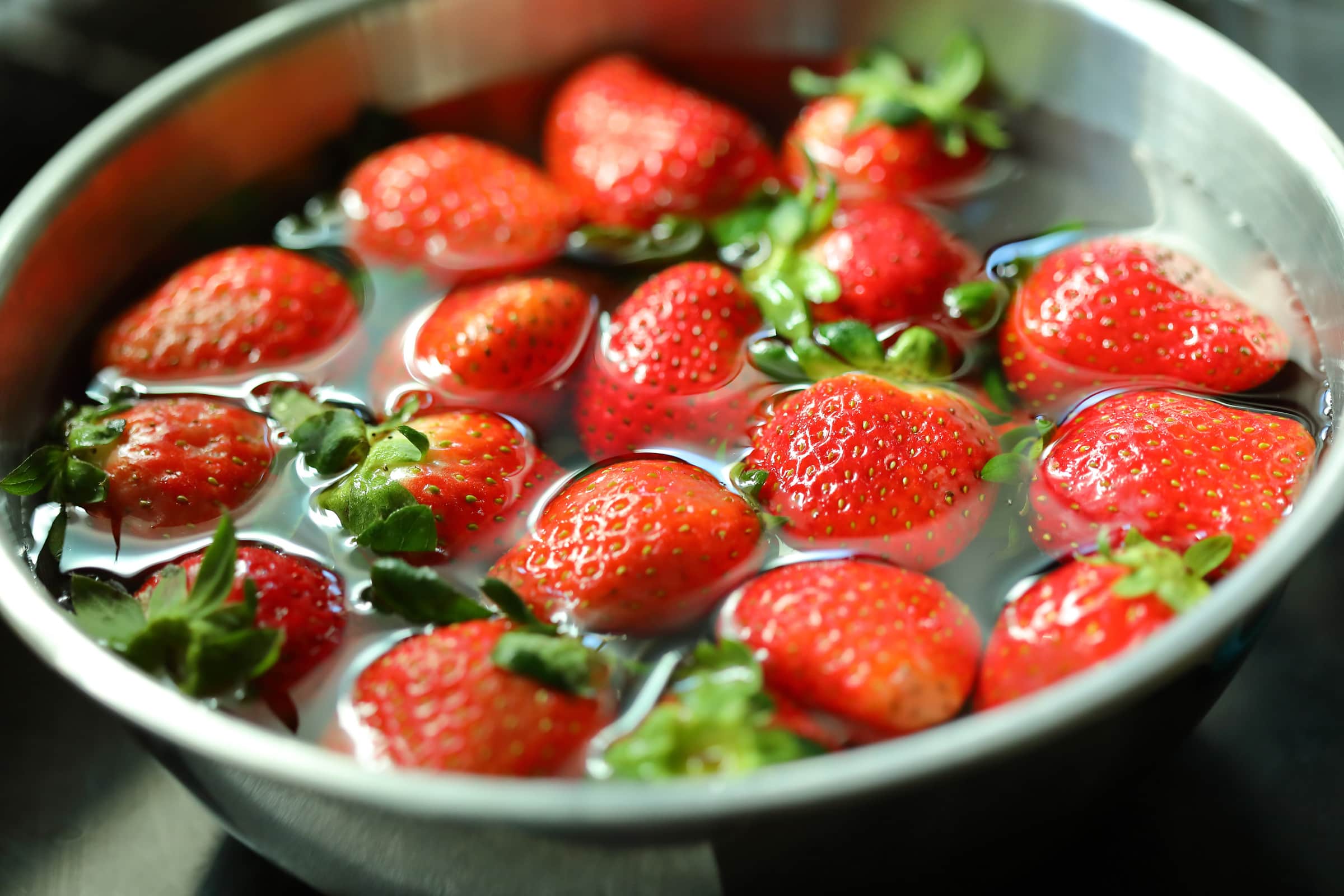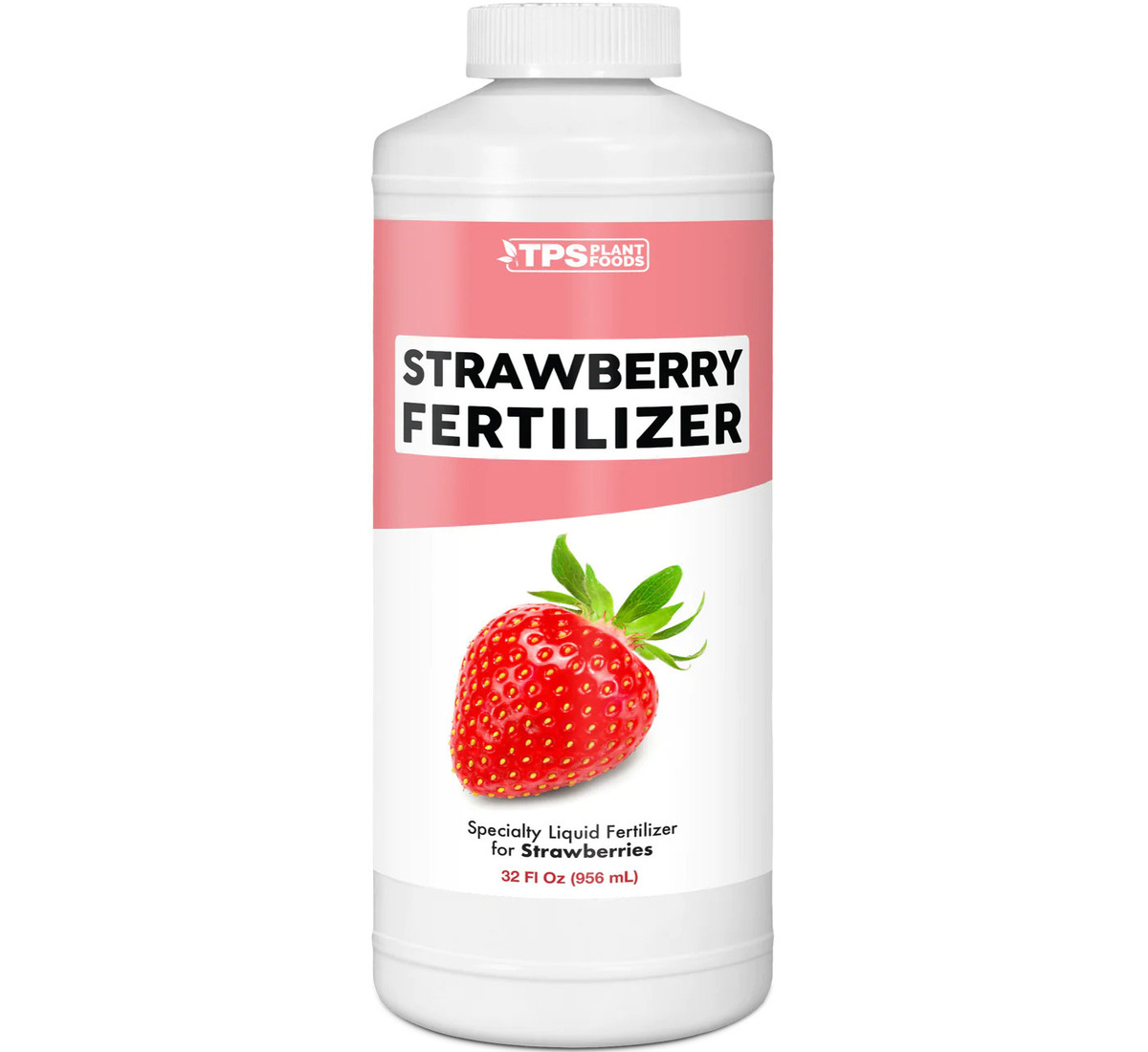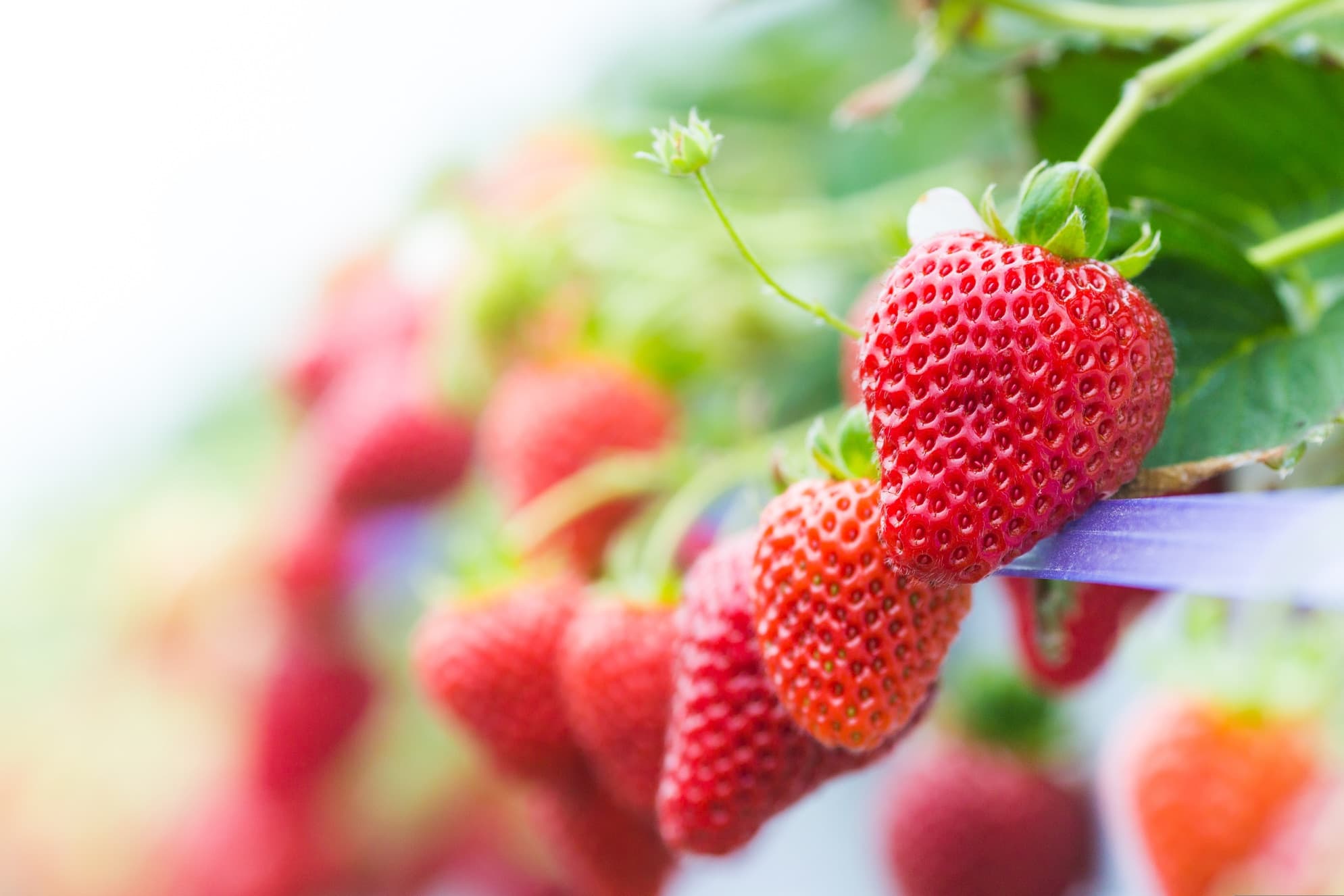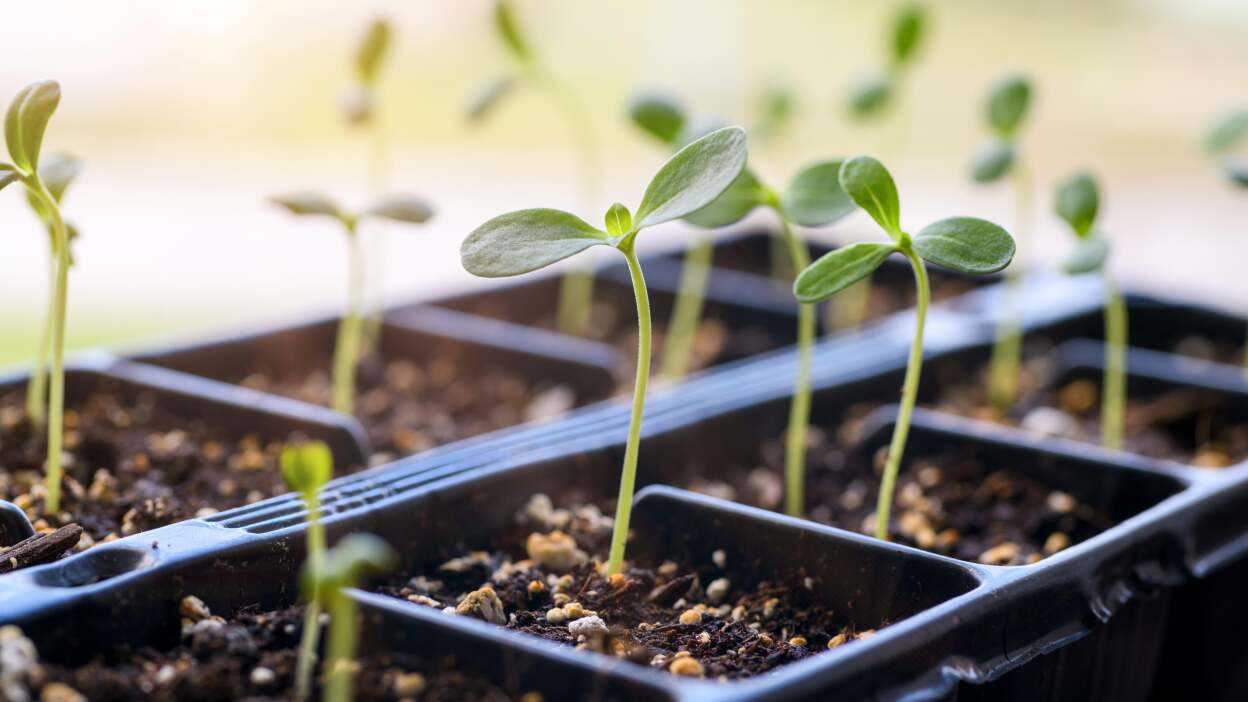Home>Types of Gardening>Edible Gardening>Why Strawberry Seeds Are On The Outside
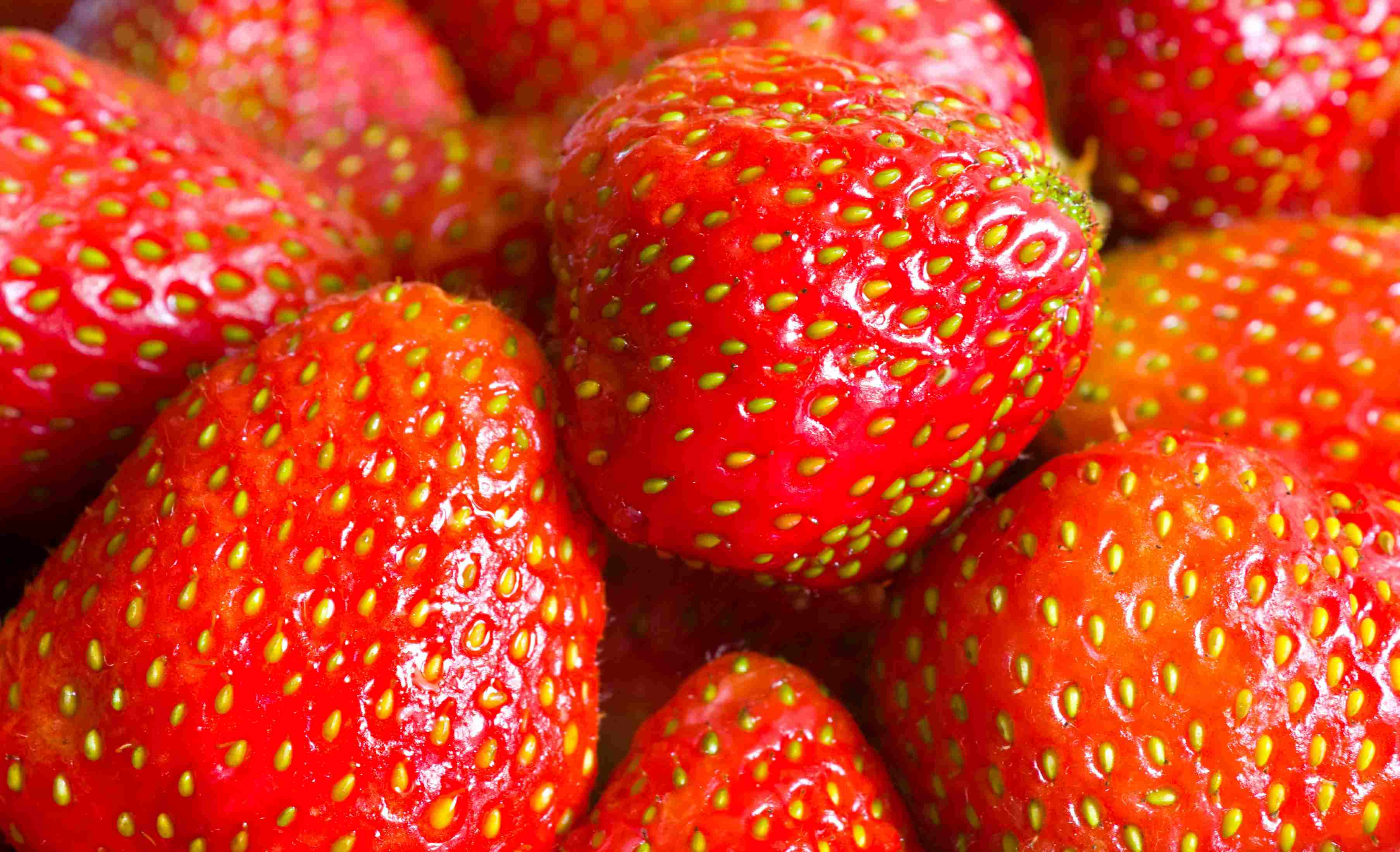

Edible Gardening
Why Strawberry Seeds Are On The Outside
Modified: January 22, 2024
Discover the fascinating reason why strawberry seeds are located on the outside. Explore the wonders of edible gardening and unlock the secrets of nature's design.
(Many of the links in this article redirect to a specific reviewed product. Your purchase of these products through affiliate links helps to generate commission for Chicagolandgardening.com, at no extra cost. Learn more)
Table of Contents
Introduction
Welcome to the fascinating world of edible gardening! Whether you are a seasoned gardener or just starting out, growing your own fruits, vegetables, and herbs can be a rewarding and sustainable way to add freshness and flavor to your meals. Among the wide variety of edible plants, strawberries stand out as a popular choice for home gardeners.
Strawberries are not only delicious and versatile in the kitchen, but they also offer a unique feature that sets them apart from many other fruits: their seeds are located on the outside of the fruit, rather than on the inside. This distinctive characteristic of strawberries may raise questions about their evolutionary advantage, nutritional benefits, and culinary uses.
In this article, we will explore the reasons why strawberry seeds are on the outside. We will delve into the evolutionary advantage of external seeds, the role of animal consumption in seed dispersal, the protective properties of seeds against environmental conditions, and their role in facilitating the germination process. Additionally, we will discuss the nutritional benefits of strawberry seeds and their culinary uses.
By understanding the unique qualities and characteristics of strawberry seeds, we can appreciate the intricate design of nature and enhance our gardening and culinary experiences. So let’s dive in and uncover the secrets behind why strawberry seeds are on the outside!
Evolutionary Advantage of External Seeds
The placement of strawberry seeds on the outside of the fruit isn’t just a random occurrence; it actually provides several evolutionary advantages for the plant. One of the primary benefits is enhanced seed dispersal.
By having seeds on the outside, strawberries have evolved to take advantage of animals as agents of dispersal. When animals consume the fruit, the seeds can pass through their digestive systems and be deposited in new locations, allowing for wider distribution and colonization of different areas. This mutualistic relationship between strawberries and animals, such as birds or mammals, ensures the survival and propagation of the plant species.
Furthermore, the bright red color of strawberries serves as a visual cue for animals, attracting them to the fruit. Once consumed, the seeds are excreted along with feces, often at a distance from the parent plant. This dispersal mechanism maximizes the chances of offspring survival by reducing competition for resources and providing favorable conditions for germination.
Another advantage of external seeds is their protection against environmental conditions. The fleshy outer layer surrounding the seeds acts as a shield, guarding them from the harsh impacts of the outside world. This protective layer helps to prevent desiccation, damage from extreme temperatures, and potential attacks from pathogens or insects. By keeping the seeds safe until they find a suitable environment for germination, strawberries ensure the continuation of their species.
In addition to dispersal and protection, the placement of seeds on the outside of the fruit also facilitates the germination process. When the seeds come into contact with moisture, they can readily absorb water, triggering the germination process. This immediate access to water accelerates germination and increases the chances of successful establishment and growth of new strawberry plants.
Overall, the evolutionary advantage of having external seeds in strawberries lies in the enhanced dispersal through animal consumption, protection against environmental conditions, and the facilitation of the germination process. These adaptations have allowed strawberries to flourish and adapt to various environments, making them one of the most beloved and widely cultivated fruits around the world.
Enhanced Dispersal through Animal Consumption
Strawberries have cleverly evolved a strategy to ensure their seeds are dispersed over wider distances through the consumption and subsequent digestion of their fruits by animals. This process not only aids in the reproductive success of the strawberry plant but also helps colonize new areas.
When animals eat strawberries, they unknowingly become seed distributors. As the fruit is digested, the seeds are retained within the digestive tract and eventually excreted in a new location, providing a means for the seeds to be dispersed away from the parent plant.
Animals, particularly birds and mammals, are attracted to the bright red color and sweet aroma of the strawberries. They often consume the entire fruit, including the seeds. The undigested seeds are then released in a different area, where they have the opportunity to germinate and grow into new plants.
This method of dispersal allows strawberry plants to overcome obstacles such as limited growing space in densely packed areas and competition for resources from other plants. By spreading their seeds through animal consumption, strawberries increase their chances of survival and the proliferation of their species.
It is important to note that not all animals are equally effective in seed dispersal. The gut passage time and distance traveled by animals play a significant role in determining the effectiveness of dispersal. Some animals have shorter digestive tracts, which may not allow the seeds enough time to be carried to distant locations. However, other animals, such as migratory birds, can effectively disperse strawberry seeds over long distances.
This method of seed dispersal also presents benefits for the animals themselves. While consuming strawberries, animals may benefit from the fruit’s high sugar content, providing them with a quick energy boost. In return, the strawberry plant gains the advantage of having its seeds transported to new areas.
Overall, the enhanced dispersal through animal consumption has been a successful evolutionary strategy for strawberry plants. By enticing animals with their vibrant appearance and enticing aroma, strawberries ensure their seeds are transported to different locations, increasing their chances of survival and successful reproduction.
Protection against Environmental Conditions
The placement of strawberry seeds on the outside of the fruit provides a natural protective layer against harsh environmental conditions. This protective mechanism helps to ensure the survival and germination of the seeds.
The fleshy outer layer of the strawberry fruit acts as a shield, safeguarding the seeds from desiccation, damage caused by extreme temperatures, and potential attacks from pathogens or insects. This layer serves as a barrier, preventing moisture loss and maintaining optimal conditions for seed viability.
Desiccation, or the loss of water, can be detrimental to the germination process and seed survival. By having the seeds located externally, strawberries have developed a natural defense against desiccation. The outer layer helps to retain moisture around the seeds, ensuring they remain hydrated and viable until favorable conditions for germination are encountered.
Extreme temperatures, both high and low, can severely impact seed viability and overall seedling survival. With their seeds protected by the fleshy fruit, strawberries are better equipped to withstand temperature fluctuations. The outer layer provides insulation, shielding the seeds from extreme heat or cold and maintaining a more favorable environment for germination and growth.
Strawberry seeds are also safeguarded against potential attacks from pathogens and insects. The outer layer acts as a physical barrier, reducing the risk of pathogens infiltrating the seeds. Additionally, the seeds’ close proximity to the fruit’s flesh may provide some chemical defense against certain pathogens and pests, further ensuring their protection.
This protective adaptation ensures that a higher proportion of strawberry seeds are able to germinate successfully, leading to increased chances of plant establishment and growth. By providing a safe environment for the seeds, strawberries are able to propagate and establish themselves in various habitats and conditions.
It’s worth noting that while the external placement of seeds offers a certain level of protection against environmental challenges, it does not guarantee complete invulnerability. Extreme conditions, such as prolonged drought or severe frost, can still affect seed viability and overall plant survival. However, the berries’ evolved protective layer enhances the resilience of strawberry seeds and increases their chances of successful germination and growth.
Facilitating Germination Process
The placement of seeds on the outside of strawberries plays a crucial role in facilitating the germination process. This unique characteristic allows for quick and efficient seed germination, increasing the chances of successful plant establishment.
One advantage of external seeds is their immediate exposure to moisture. When strawberries come into contact with water, the seeds readily absorb it, kickstarting the germination process. The external placement eliminates the need for the seeds to break through a hard shell or protective layer, enabling faster absorption of water and triggering germination more rapidly.
The close proximity to the moist flesh of the fruit also provides an ideal environment for germination. This moist environment helps to soften the outer seed coat and allows water to penetrate the seed more effectively. The moisture-rich surroundings ensure that the seeds remain hydrated, promoting germination and supporting early seedling growth.
Additionally, the external position of the seeds allows them to be in direct contact with the soil when the fruit drops or is decomposed. This direct contact with the ground provides optimal conditions for seed germination. The seeds can readily absorb nutrients from the soil and establish root systems, setting the stage for robust plant growth.
Another factor that aids in the germination process is the removal of dormancy mechanisms. Many plant seeds have built-in dormancy mechanisms, which prevent them from germinating prematurely. However, in strawberries, the external seeds are exposed to environmental cues such as temperature fluctuations and moisture, which help break their dormancy and stimulate germination.
By facilitating the germination process, strawberries increase their chances of successful reproduction and plant establishment. The immediate access to moisture, the moist environment surrounding the seeds, direct contact with the soil, and the absence of dormancy mechanisms all contribute to the efficient and rapid germination of strawberry seeds.
It’s important to provide optimal growing conditions, including adequate moisture and temperature, to ensure the best chance of successful germination and subsequent plant growth. By understanding and harnessing the unique characteristics of strawberry seeds, gardeners can maximize their success in cultivating these delightful fruits.
Nutritional Benefits of Strawberry Seeds
When enjoying a juicy strawberry, it’s easy to focus solely on the sweet and tart flavors of the fruit itself. However, the often-overlooked seeds also offer several nutritional benefits, making them an integral part of the overall strawberry eating experience.
Strawberry seeds are a rich source of dietary fiber. Fiber plays a vital role in maintaining a healthy digestive system by promoting regular bowel movements and preventing constipation. Including strawberry seeds in your diet can contribute to your daily fiber intake and support overall digestive health.
In addition to fiber, strawberry seeds are packed with essential fatty acids. These fatty acids, such as omega-3 and omega-6, are important for brain health, managing inflammation, and supporting heart health. Including strawberry seeds in your diet can provide a natural and plant-based source of these beneficial fats.
Strawberry seeds also contain a variety of antioxidants, including vitamin E and phenolic compounds. Antioxidants help to protect the body’s cells from damage caused by harmful free radicals, reducing the risk of chronic diseases and promoting overall health. By consuming strawberry seeds, you can increase your intake of these beneficial antioxidants.
Beyond their nutritional value, strawberry seeds also add a delightful crunch and texture to dishes. They can be sprinkled over salads, blended into smoothies, or incorporated into granola and baked goods. The seeds not only enhance the flavor and visual appeal of dishes but also offer a unique eating experience.
It’s important to note that some individuals may find the texture of strawberry seeds unpleasant or prefer to remove them. If that’s the case, you can easily strain the seeds from strawberry purees or use seedless varieties available in the market. However, by doing so, you will miss out on the nutritional benefits that strawberry seeds offer.
Including strawberry seeds in your diet is a simple and flavorful way to enhance your overall nutrition. Whether you enjoy them as part of the whole fruit or incorporate them into various recipes, strawberry seeds provide a range of essential nutrients, contributing to a well-rounded and balanced diet.
Culinary Uses of Strawberry Seeds
While the focus of enjoying strawberries is often on the sweet and juicy flesh, the seeds also have culinary uses that can add texture, flavor, and visual appeal to a variety of dishes. From savory to sweet, the seeds can be incorporated into numerous culinary creations.
One popular use of strawberry seeds is in jams and preserves. The seeds add a delightful crunch and texture to the smooth and spreadable consistency of the jam. When making homemade strawberry jam, leaving the seeds intact can provide a rustic and authentic touch to the final product.
Strawberry seeds can also be used in baking, especially when making bread, muffins, or cookies. The seeds add a subtle nutty flavor and a unique texture, elevating the overall taste and appearance of the baked goods. They can be mixed into the dough or sprinkled on top as a garnish.
In salads, strawberry seeds can be used as a crunchy ingredient. Simply sprinkle them over a bed of fresh greens, fruits, and vegetables for an added burst of texture and flavor. They provide a delightful contrast to the softness of the other ingredients, making each bite more interesting and enjoyable.
For smoothies and shakes, strawberry seeds can be blended along with the other ingredients to create a thicker and more textured beverage. This not only adds visual appeal to the drink but also provides a pleasant crunch as you sip on your refreshing creation.
Strawberry seeds can also be used as a topping for various dishes. Whether it’s sprinkling them over yogurt, oatmeal, or ice cream, the seeds add a delightful crunch and visual appeal. They can also be used as a garnish for cakes, tarts, and other desserts, adding a pop of color and texture to the final presentation.
Regardless of the culinary creation, including strawberry seeds can contribute to a more well-rounded and enjoyable eating experience. From providing texture and flavor to enhancing visual appeal, these often-overlooked seeds can add depth and complexity to various dishes, both sweet and savory.
It’s worth noting that while strawberry seeds are edible, some individuals may find the texture or appearance of the seeds less desirable. In such cases, using seedless strawberries or straining the seeds can be alternatives to still enjoy the flavor and benefits of strawberries without the presence of seeds.
Ultimately, the culinary uses of strawberry seeds offer a creative and versatile way to incorporate these nutritious and flavorful seeds into a wide range of dishes. Experiment with different recipes and embrace the culinary possibilities that strawberry seeds have to offer.
Conclusion
Strawberries are not only delicious and versatile fruits, but their unique characteristic of having seeds on the outside makes them even more fascinating. Through understanding the evolutionary advantage of external seeds, the enhanced dispersal through animal consumption, the protection against environmental conditions, and the facilitation of the germination process, we gain a deeper appreciation for the intricate design of nature.
The placement of seeds on the outside of strawberries has a clear purpose. It allows for enhanced seed dispersal through the digestive systems of animals, ensuring wider distribution and colonization of new areas. The external seeds also offer protection against environmental conditions, safeguarding them from desiccation, extreme temperatures, and potential attacks from pathogens or insects. Additionally, the external position facilitates the germination process by providing immediate access to moisture and allowing direct contact with the soil.
Furthermore, strawberry seeds provide nutritional benefits such as dietary fiber, essential fatty acids, and antioxidants, adding to their overall appeal and contribution to a balanced diet. Their culinary uses, ranging from jams and preserves to baking and toppings, offer unique texture, flavor, and visual appeal to a variety of dishes, both savory and sweet.
By understanding and embracing the unique characteristics, evolutionary advantages, and culinary potential of strawberry seeds, we can enhance our gardening and culinary experiences. Growing and consuming strawberries become more than just a simple fruit; it becomes an exploration of nature’s wisdom, a journey of flavors and textures, and a celebration of the interconnectedness between plants and animals.
So, the next time you bite into a juicy strawberry, take a moment to appreciate the seeds on the outside and the wonder they hold. Enjoy the nutritional benefits they offer, and let their culinary potential inspire your creativity in the kitchen. Let strawberries and their external seeds be a reminder of the complexity and beauty of nature’s design, and a delightful addition to your edible gardening and culinary adventures.

